I found an example of a 555-driven coil, below.

From here: https://www.electroschematics.com/555-ignition-coil-driver/
In your circuit, I’d modify it in the following way:
- add the load resistor and 0.1uF cap to the coil battery supply. This provides a low-AC impedance path for the spark.
- add a high-voltage series diode to the FET drain (cathode towards drain) to block flyback current.
As to why your circuit doesn’t work, I did some simulations and found there’s three things to look at. The FET has a body diode in addition to the 1n4148 to ground. This is shunting some of the flyback to ground. The series diode will block that.
Also, make sure there’s enough current loading up the coil. It needs to be about 5-8A - is that FET capable? Maybe the Darlington is better.
Finally, that ballast resistor and 0.1uF cap really do help: the cap forms a resonant circuit with the coil, not only increasing its spark, but prolonging it as well.


